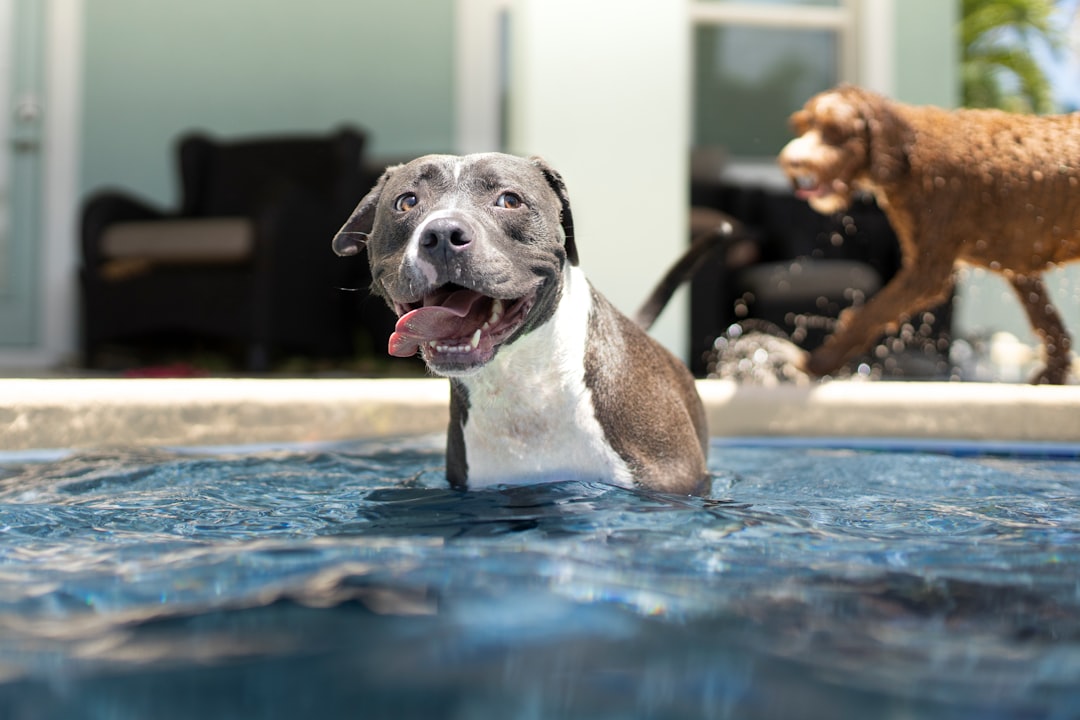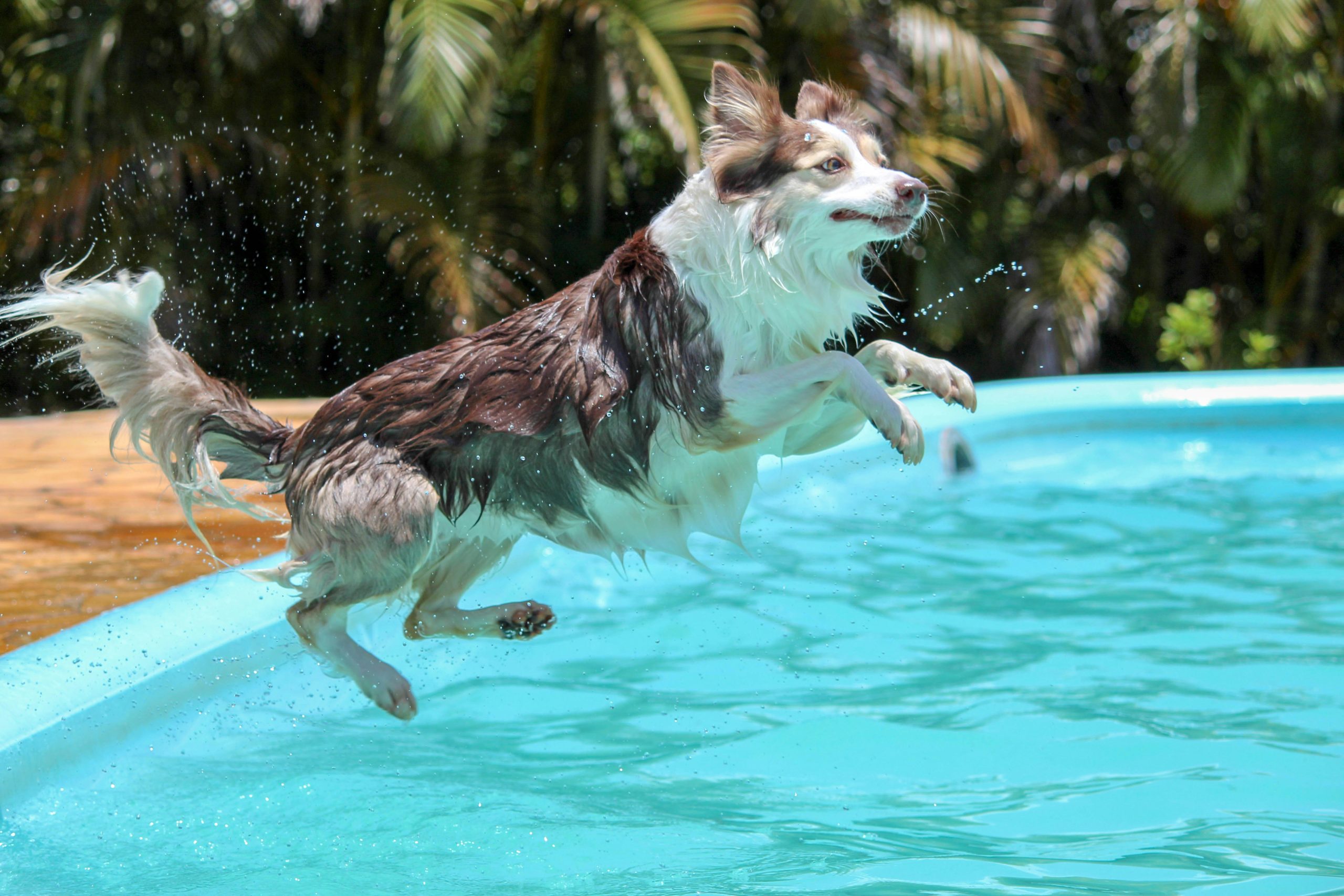Dive into the World of Dog Swimming: Health Benefits, Safety Tips, and More
Discover the joy and benefits of dog swimming, as it not only promotes physical health but also strengthens the bond between dogs and their owners.
Introduction to the Benefits of Dog Swimming
Dog swimming is not only a fun activity but also provides a range of physical and mental benefits for our canine companions. This therapeutic and enjoyable exercise has gained popularity across various breeds and ages, offering a unique way for dogs to stay active and healthy. Swimming can aid in weight management for overweight dogs and improve their overall fitness levels, providing a low-impact workout that is gentle on their joints.
Furthermore, swimming is an excellent cardiovascular exercise that helps maintain a healthy heart and lungs in dogs, promoting overall cardiovascular health. It also assists in building muscle mass and strength, which is especially beneficial for dogs recovering from injuries or surgeries, as it provides a non-weight-bearing form of exercise that aids in rehabilitation. Additionally, swimming serves as a mentally stimulating activity for dogs, reducing boredom and anxiety while promoting a sense of accomplishment as they navigate through the water.
Moreover, the buoyancy of water provides support for dogs with orthopedic conditions, making swimming an ideal form of exercise for them. The resistance of water helps increase muscle tone and endurance, contributing to the overall strength and agility of dogs. Regular swimming sessions can lead to improved posture, balance, coordination, and mobility in dogs, enhancing their overall quality of life and well-being.
Benefits of Swimming for Dogs
Swimming is a versatile form of exercise that offers a plethora of benefits for dogs of all breeds and ages. Apart from the physical advantages like promoting cardiovascular health and building muscle mass, swimming is also an excellent way to maintain a healthy heart and lungs in dogs. For instance, breeds like Labrador Retrievers and Newfoundlands, known for their love of water, can greatly benefit from regular swimming sessions to keep their hearts and lungs in top condition.
Moreover, swimming serves as an effective rehabilitation method for dogs with orthopedic conditions, providing a low-impact exercise option that helps improve muscle tone and endurance. For example, dogs recovering from surgeries or suffering from joint issues such as arthritis can find relief in the buoyancy of water, allowing them to exercise without putting excess strain on their joints. This makes swimming a valuable therapeutic tool for enhancing the overall strength and agility of our canine companions, contributing to their well-being and quality of life.
Safety Tips for Dog Swimming
When it comes to the safety of your furry friend during swimming activities, there are several key considerations to keep in mind. Firstly, it is vital to choose the right swimming location for your dog. Opt for calm, shallow waters where your dog can comfortably wade in and out, especially if they are new to swimming. For instance, dog-friendly beaches or designated dog swimming pools are excellent options as they provide a controlled environment for your dog to enjoy the water safely.
Moreover, while introducing your dog to swimming, it’s important to be patient and supportive. Each dog has its own pace when it comes to getting comfortable in the water, so allow them time to adjust and build confidence gradually. You can start with shallow waters where they can touch the ground before progressing to deeper areas. Additionally, considering the use of a canine life jacket, especially for novice swimmers or breeds not naturally inclined to water, can offer an extra layer of safety and buoyancy.
Furthermore, monitoring the water quality is a crucial aspect of ensuring your dog’s safety while swimming. Always check for any signs of pollution, algae blooms, or hazardous substances in the water that could be harmful to your dog’s health. If you are unsure about the water quality, it’s best to err on the side of caution and find an alternative swimming spot to avoid any potential risks to your dog’s well-being. By being vigilant and taking these safety measures, you can create a secure and enjoyable swimming experience for your canine companion.
Different Swimming Techniques for Dogs
When teaching dogs to swim, it’s essential to consider their environment, whether it’s a pool or a natural body of water. For instance, pools provide a controlled setting with clear water and defined boundaries, making them ideal for introducing dogs to swimming in a safe and secure space. On the other hand, natural bodies of water like lakes or rivers may present additional challenges such as currents or uneven surfaces, requiring extra supervision and precautions to ensure the dog’s safety.
For dogs who are new to swimming or are hesitant in the water, floatation devices can play a crucial role in building their confidence. These devices not only provide buoyancy but also help dogs feel more comfortable and supported as they navigate the water. By gradually introducing floatation aids and allowing the dog to get accustomed to the sensation of swimming, owners can help alleviate any fear or anxiety their pets may have about water activities, fostering a positive experience.
Moreover, incorporating advanced swimming techniques like retrieving objects can offer dogs mental and physical stimulation during their swim sessions. Retrieval exercises not only engage a dog’s natural instincts but also encourage them to move purposefully in the water, promoting muscle development and agility. By combining play with swimming, owners can make the experience enjoyable and rewarding for their dogs, contributing to their overall fitness and well-being.
 Health Benefits of Dog Swimming
Health Benefits of Dog Swimming
Swimming is a versatile form of exercise that provides numerous health benefits for dogs of all ages and breeds. One significant advantage is its role in rehabilitating dogs with orthopedic conditions, offering a low-impact workout that is gentle on their joints and muscles. This type of non-weight-bearing exercise can be particularly beneficial for dogs recovering from surgeries or suffering from conditions like hip dysplasia or arthritis, allowing them to stay active without putting excessive strain on their bodies. For example, a senior Labrador Retriever with hip dysplasia can benefit greatly from swimming as it helps maintain muscle strength around the hip joints while reducing pain and stiffness, thereby improving the dog’s overall quality of life.
Moreover, the natural resistance of the water during swimming sessions helps dogs increase their muscle tone and endurance levels. This means that regular swimming not only enhances a dog’s physical fitness but also contributes to their overall strength and agility. For instance, breeds like the Newfoundland, known for their exceptional swimming abilities, can significantly improve their muscle mass and stamina through consistent swimming exercises. The resistance provided by the water challenges the dog’s muscles in a way that is different from land-based activities, leading to a more balanced and robust physique over time. Additionally, swimming can aid in improving a dog’s posture and balance, which are crucial aspects of their physical well-being. By engaging various muscle groups simultaneously and encouraging proper body alignment, swimming helps dogs develop better coordination and mobility, ultimately enhancing their overall quality of life and longevity.
Popular Dog Swimming Competitions
Dog swimming competitions offer a thrilling experience for both participants and spectators, showcasing the incredible abilities of canine swimmers in a competitive setting. One popular type of competition is dock diving, where dogs leap from a dock into a pool of water, demonstrating their agility and fearlessness as they strive to achieve impressive distances. For example, in the DockDogs competition, dogs are judged based on their ability to jump the farthest or highest, captivating audiences with their athletic prowess and enthusiasm for water activities.
Moreover, events like the Ultimate Air Dogs competition bring together some of the most talented canine athletes who excel in various water-based challenges. These competitions not only celebrate the physical capabilities of dogs but also highlight the strong bond between dogs and their handlers, as teamwork and communication play a crucial role in achieving success in the competitions. By participating in these events, dogs not only engage in a fun and stimulating activity but also gain recognition for their skills and abilities in the world of dog swimming.
Conclusion: Embracing the Joy and Benefits of Dog Swimming
Dog swimming is undeniably a rewarding activity that offers a plethora of benefits for our furry friends. Beyond the physical advantages like weight management and improved fitness levels, swimming serves as an exceptional therapy that enhances the mental well-being of dogs of all breeds and ages. One remarkable example highlighting the joy and therapeutic effects of dog swimming can be observed in a heartwarming video where Max, a lovable dog, rents a swimming pool for a day and gleefully splashes around, showcasing pure bliss and contentment.
Furthermore, the bond between dogs and their owners is undoubtedly strengthened through the shared experience of swimming. Regular swimming sessions not only boost the dog’s health but also create lasting memories and moments of joy for both the pet and its owner. For instance, many dog owners find immense joy in taking their dogs to the Dog Pool Club in San Carlos, an indoor pool-themed park, where they can witness their pets revel in the water, enjoying the benefits of swimming in a safe and controlled environment. This shared activity fosters companionship and trust between dogs and their owners, contributing to a harmonious and fulfilling relationship.



